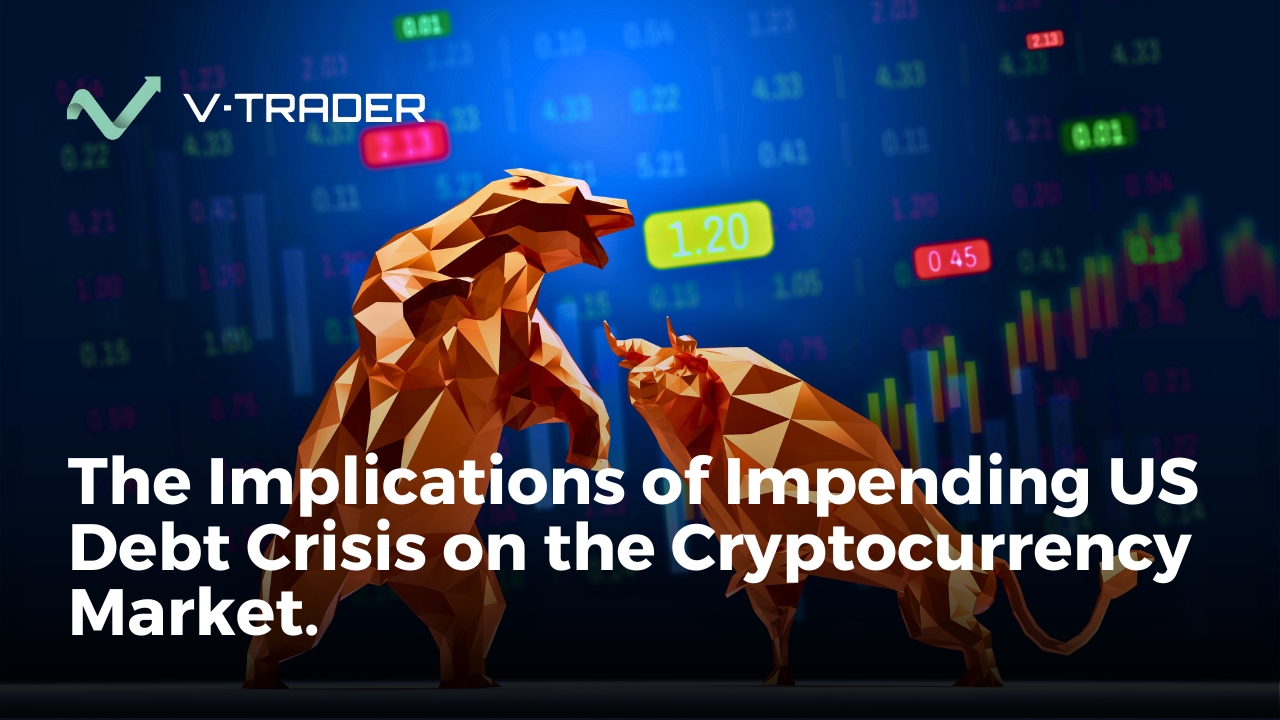Bitcoin in 2025: Still King or Just Riding on Reputation?
Let’s not sugarcoat this.
I’ve been watching Bitcoin since it was under $100. Back then, the whole “digital gold” pitch felt like a stretch—cute idea, but far from reality. Fast forward to now, and Bitcoin’s sitting on a $1.68 trillion market cap. Insane. Unreal. And somehow, completely real.
But lately? I’ve been side-eyeing the hype.
Everyone’s still calling Bitcoin “the king.” But the real question isn’t about status—it’s about utility. Relevance. Strength. Does Bitcoin still make sense in 2025?
Because last month, it dropped 16% after Trump mentioned tariffs. Tariffs. The thing that was supposed to be immune to politics tanked because of… trade policy?
Yeah. Something’s off.
What Bitcoin Actually Is (Minus the Fairy Dust)
Start here: Bitcoin was born in 2009, during a global financial meltdown. Satoshi Nakamoto (whoever they are) basically said “screw banks” and built a peer-to-peer money system—no middlemen, no central authority, just code and math.
It runs on a blockchain, which is basically a public spreadsheet that can’t be faked or edited. Every transaction is visible. Every coin is traceable. And once it’s recorded, it’s locked in. Forever.
Only 21 million BTC will ever exist. That’s it. We’ve already mined about 19.85 million. The rest trickles out until around 2140.
Compare that to fiat, where governments print money like it’s candy on Halloween.
New Bitcoin comes from mining—high-powered computers solving brutal math problems. It’s like a lottery, but with electricity bills that make your eyes water. The winner gets freshly minted BTC every 10 minutes.
And here’s the twist: Bitcoin was supposed to be used for payments. But these days? It’s mostly just bought, held, and hoped-for. Nobody’s buying coffee with it. Not when fees hit $50 and confirmation takes 30 minutes. The “digital cash” dream? Yeah, that’s long gone.
Why Bitcoin Still Has a Pulse
- It’s Never Been Hacked
Not once. In 16 years. That’s wild. The main network has survived every stress test thrown its way. - No One Owns It
No CEO. No foundation. No one to subpoena. You can ban it in one country, and it keeps running in another. - There’s Real Scarcity
21 million. Fixed. Non-negotiable. That’s rare in a world where supply gets manipulated daily. - Wall Street’s Now In
BlackRock has a Bitcoin ETF. MicroStrategy holds $10B worth. These aren’t degen traders—they’re legacy finance giants. - Anyone Can Use It
No gatekeepers. No business hours. I once sent BTC to a friend in Tokyo at 3 AM on Christmas. No delays, no permission needed. - Brand Power
Bitcoin is the crypto brand. Your mom’s heard of it. That matters.
What Nobody Likes to Talk About
- Insane Volatility
Bitcoin dropped 16% in one day over a Trump soundbite. That’s not digital gold—that’s meme stock behavior. - Regulatory Roulette
One positive headline and it pumps. One SEC crackdown rumor and it tanks. Still allergic to stability. - The Energy Problem Is Real
Mining uses more power than Argentina. “It’s fine, miners are going green” isn’t a solution. It’s a PR line. - It’s Slow. Really Slow.
Seven transactions per second. Visa does over 1,500. And when demand spikes? Good luck getting a transaction through without paying double-digit fees. - There’s No Privacy
Everything is public. Every transaction. Forever. If you think that’s anonymous, you haven’t met blockchain forensics companies. - It’s Not the Only Game in Town
Ethereum has smart contracts. Solana’s blazing fast. Even Dogecoin handles more transactions per second. Bitcoin does one thing—but others are catching up.
Where Bitcoin Is Today
As of late May 2025, BTC’s around $84,629. It rebounded after that nasty April drop to $74K. Solid bounce. Not its first. Won’t be its last.
The 2024 halving slashed mining rewards. Historically, that’s bullish. So far? Holding up.
Roughly 7% of all BTC is now in ETFs. That’s billions of dollars from institutions. Not FOMO. Not Twitter hype. Real capital.
The Lightning Network is (finally) making progress. You can actually use BTC for small payments without setting your wallet on fire. It’s not perfect—but it’s movement.
That said, BTC’s price moves more and more like a tech stock. Fed speaks? Bitcoin dumps. Apple misses earnings? Bitcoin wobbles. The “uncorrelated asset” pitch is getting harder to defend.
My Go-To Platform: vTrader.io
I’ve used every type of exchange—centralized, decentralized, sketchy. Most of them are either bloated with fees or built like a 2010 WordPress theme.
vTrader.io is different. For real.
- Fees are fair. Doesn’t matter if you’re flipping small trades or loading up. They don’t gouge you.
- The UI doesn’t suck. Everything’s clean. You get real-time charts, full order book depth, and no click-maze to place a trade.
- Customer service is…human. I’ve had issues. They fixed them. Fast. Without bots.
- Security is tight. Cold storage for most funds. 2FA. No sketchy backdoors.
For something as serious as Bitcoin, I don’t trust platforms that glitch when the market actually moves. This one holds up.
Getting Started Isn’t Rocket Science
Here’s what I did:
- Register – Took 5 minutes. Basic info.
- Verify – Standard KYC. Upload an ID, take a selfie. Wait a couple hours.
- Fund – I use USDC for speed. You can also wire fiat.
- Trade – Search BTC, set a limit order, done.
Pro tip: Avoid market orders during volatility. Use limit orders and let the price come to you.
Real World Use (Yes, It Exists)
- Remittances – In places like El Salvador, BTC’s beating Western Union. Faster. Cheaper. Borderless.
- Inflation Hedge – In countries with collapsing currencies, people use BTC to protect value. It’s volatile, but better than watching your savings evaporate.
- Corporate Treasury – Some companies prefer Bitcoin over holding cash. Ballsy move, but if inflation’s eating your dollars, it kinda makes sense.
- Online Payments – From Microsoft to random coffee shops, BTC is accepted. Not everywhere—but not nowhere, either.
Comparing Bitcoin to the Field
- vs Ethereum – ETH does more. But Bitcoin is simpler, harder to mess with, and more secure.
- vs Solana – Solana is fast and cheap. But Bitcoin is proven and stable(ish).
- vs Doge – Cheaper fees, but unlimited supply. Fun for memes. Not great for storing value.
Bitcoin doesn’t need to be the best at everything. It just needs to stay the best at being Bitcoin.
So… Is It Still Worth Holding?
Depends on your perspective.
- Speculation? Sure. It could still 2x—or cut in half.
- Inflation hedge? In some countries, yes. In the U.S.? Jury’s still out.
- Payments? Great for large international transfers. Terrible for cappuccinos.
- Store of value? Maybe. It’s held up better than most fiat, but it’s only 16 years old.
If you’re in, use a platform that won’t screw you over. vTrader.io has been smooth, stable, and cheap. That’s more than I can say for most exchanges I’ve touched.
Final Word
Bitcoin pulled off something wild: it went from internet forum idea to a multi-trillion dollar asset.
But it’s no longer the rebel. It’s the old guard now. That brings stability—and scrutiny. Power, but pressure. Institutional interest, but institutional baggage.
Is it still “king”? Maybe. Maybe not. But it’s still the bar everything else is measured against.
Just… don’t go all in. Don’t mortgage your future on a number that blinks green or red.
Bitcoin’s not dead. It’s not perfect either. But it’s still here. Still moving. Still forcing everyone else to pay attention.

Steve Gregory is a lawyer in the United States who specializes in licensing for cryptocurrency companies and products. Steve began his career as an attorney in 2015 but made the switch to working in cryptocurrency full time shortly after joining the original team at Gemini Trust Company, an early cryptocurrency exchange based in New York City. Steve then joined CEX.io and was able to launch their regulated US-based cryptocurrency. Steve then went on to become the CEO at currency.com when he ran for four years and was able to lead currency.com to being fully acquired in 2025.


